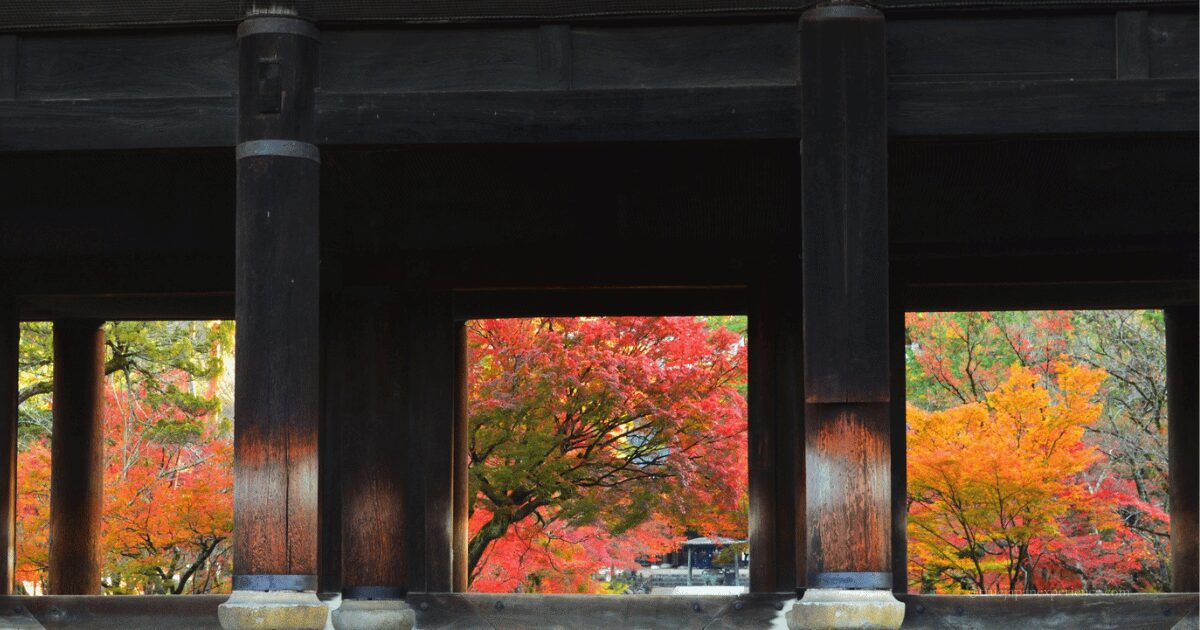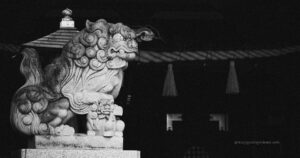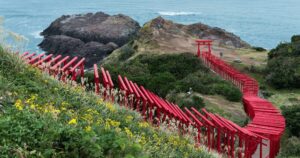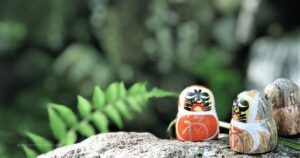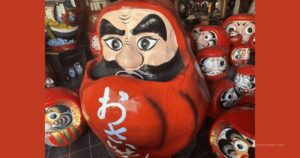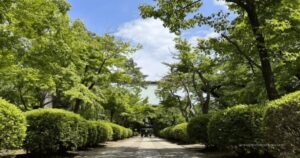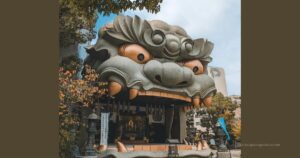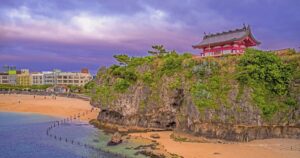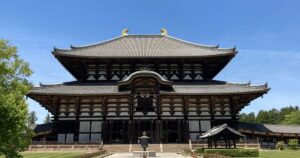Nanzen-ji Temple is one of the most beautiful and quiet temples in Kyoto.
It is in the Higashiyama area, close to many famous places. The temple is a great mix of history, nature, and Zen.
In autumn, Nanzen-ji becomes even more beautiful. The trees turn red and yellow, and many people come to take photos.
This guide will help you enjoy your visit to Nanzen-ji Temple.
What Is Nanzen-ji Temple?
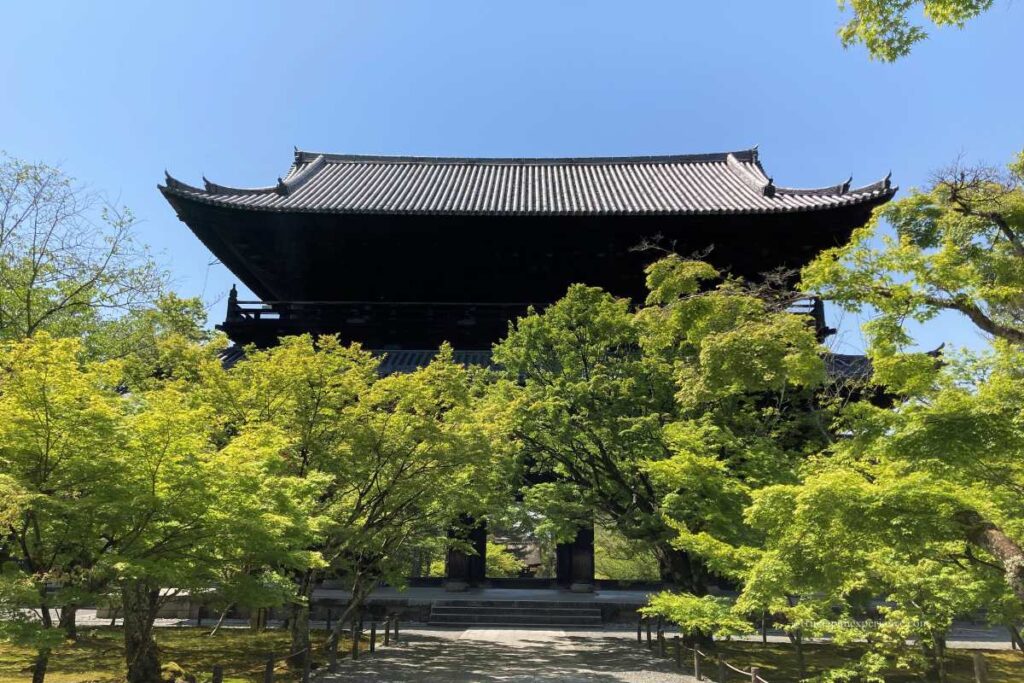
Nanzen-ji Temple is a famous Zen temple in Kyoto. It is in the quiet Higashiyama area, near many other temples and museums.
The temple was built in 1291 by Emperor Kameyama. He wanted a peaceful place to live after he left the throne. Later, it became a Zen temple and grew into one of the most important Zen centers in Japan.
Nanzen-ji is the main temple of the Nanzen-ji school, which is part of the Rinzai sect of Zen Buddhism.
Inside the large temple grounds, you will find beautiful gates, gardens, and old buildings. The peaceful space and natural beauty make it popular with both Japanese and international visitors.
Nanzen-ji is also known for its deep connection to Japanese history and culture. In the past, many powerful people such as samurai and emperors visited and supported this temple.
Highlights of Nanzen-ji Temple
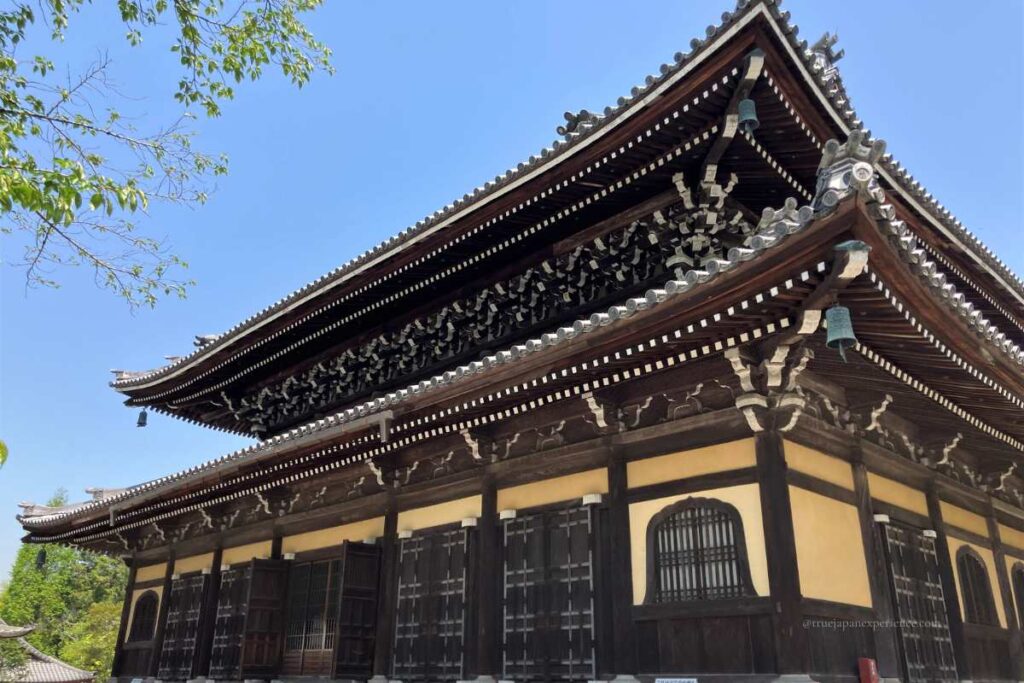
There are many special places to see inside Nanzen-ji Temple. Each one shows a different part of Japanese beauty, history, or Zen spirit.
You can walk through quiet gardens, visit old wooden buildings, and enjoy great photo spots.
Here are some of the best places to explore during your visit.
The Grand Sanmon Gate
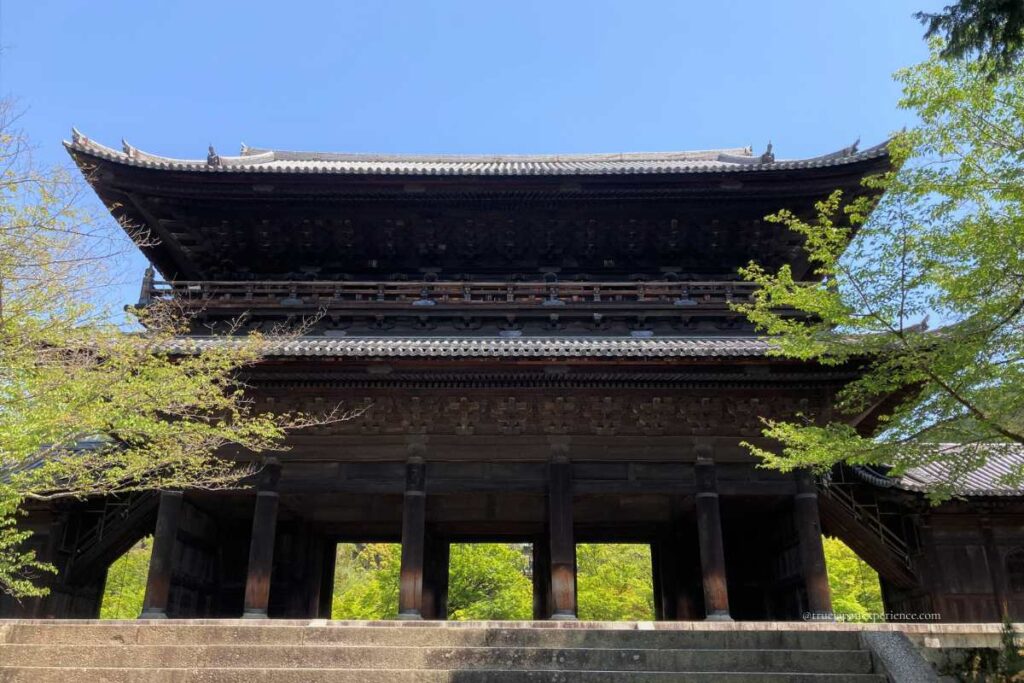
The Sanmon Gate is the large main gate of Nanzen-ji Temple.
It is about 22 meters tall and looks very powerful and beautiful. This type of gate is often found at big Zen temples in Japan.
In Buddhism, the Sanmon represents three important ideas: emptiness, no form, and no wish.
These are called the “Three Gates of Liberation.” Passing through the gate means leaving behind your worries and entering the peaceful world of Buddha.
The gate has two floors. You can climb to the upper floor, called the tower, and see a wide view of Kyoto. In autumn, the colorful leaves make the view even more amazing.
The gate at Nanzen-ji was rebuilt in 1628. It is made of strong wood and shows the bold Zen style of architecture. The thick wooden pillars and heavy roof give a sense of great power and history.
This gate is also famous in Japanese culture. In an old kabuki play, the thief Ishikawa Goemon stood on top of this gate and shouted, “What a view! What a view!” That scene made the gate even more famous.
Nanzen-ji’s Sanmon is one of the “Three Great Sanmon Gates” in Japan. The other two are at Chion-in Temple in Kyoto and Kuon-ji Temple in Yamanashi.
Visiting this gate is not only a great photo spot, but also a chance to feel the deep meaning of Zen.
The Iconic Suirokaku Aqueduct
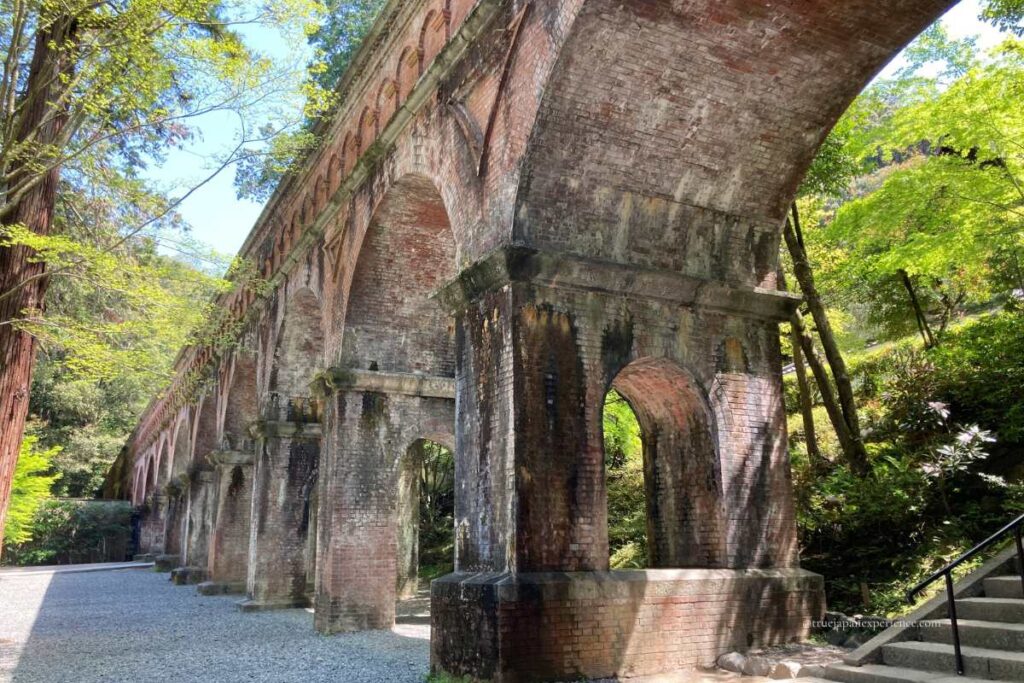
The Suirokaku Aqueduct is a red brick bridge inside Nanzen-ji Temple. It was built in 1888 during the Meiji period, a time when Japan was quickly becoming modern.
The bridge was made to carry water from Lake Biwa in Shiga Prefecture to the city of Kyoto. It is part of a big water system called the “Lake Biwa Canal.”
The canal is still in use today. It supplies most of the tap water used in Kyoto through the city’s water system.
The Suirokaku was designed by a young Japanese engineer named Sakuro Tanabe. He used bricks and granite, and he made the arches look like old Roman bridges. At the same time, he made sure it fit well with the peaceful temple around it.

The aqueduct is about 93 meters long and 9 meters tall. If you look closely, you can see water flowing across the top.
You can walk right under the arches or stand beside them to enjoy the view.
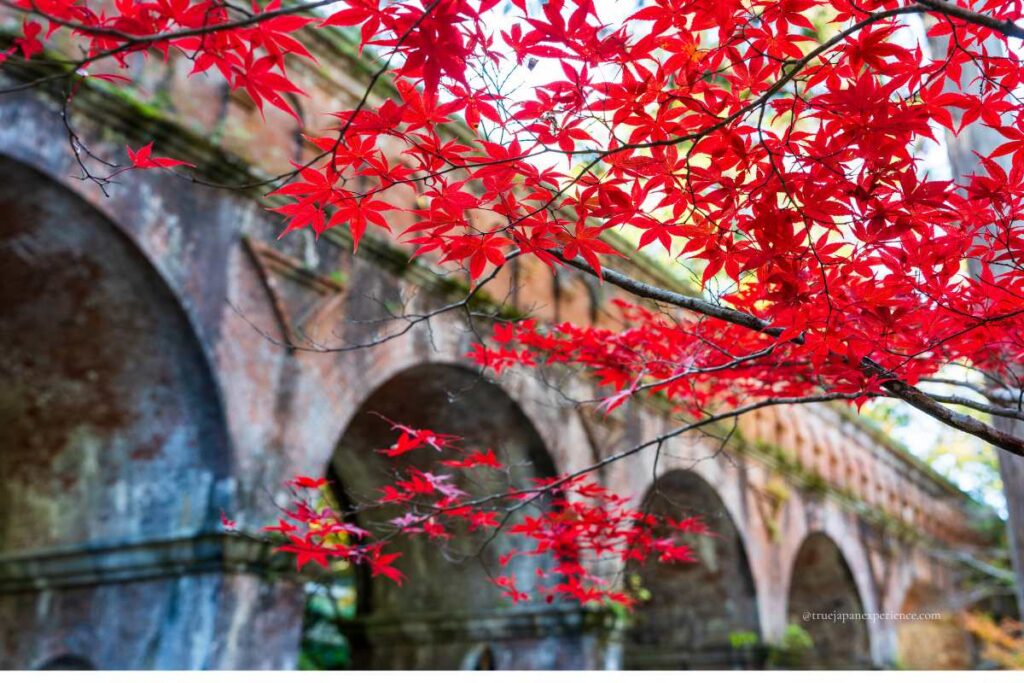
The red bricks and the green trees create a beautiful contrast.
In spring and autumn, when the cherry blossoms or maple leaves are at their best, this place becomes one of the most popular photo spots in Kyoto.
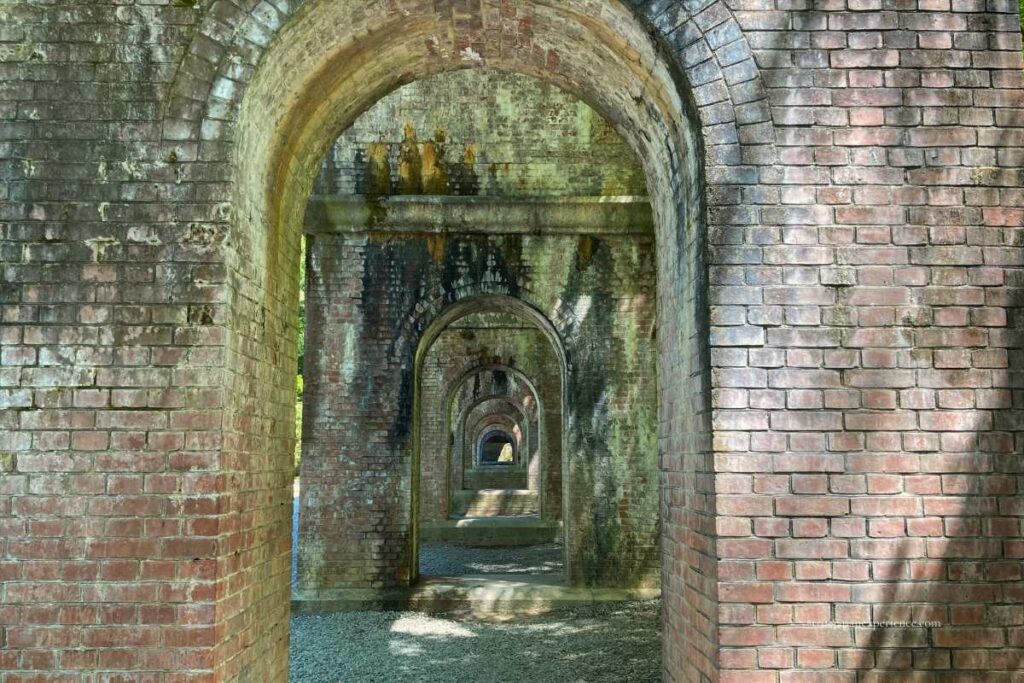
When it was first built, some people thought it didn’t match the temple.
But over time, it became a loved part of the Nanzen-ji scenery. Today, it is a nationally protected site and often used in movies and TV shows.
Suirokaku is a special mix of old and new.
It shows how Japan kept its traditions while also moving into the modern age.
Hojo Garden and Zen Atmosphere
The Hojo Garden is a famous Zen garden at Nanzen-ji Temple.
It is a dry landscape garden, called karesansui in Japanese, and it uses white sand, rocks, and plants to show the beauty of nature. There is no water, but the garden still feels calm and full of life.
The garden was made in the early 1600s during the Edo period.
It is said to be designed by Kobori Enshu, a famous garden artist in Japanese history.
The Hojo building itself was moved from the Imperial Palace to Nanzen-ji in 1611.
The most famous part of the garden is the group of stones that look like a tiger family crossing a river. This scene is called “Tora-no-ko-watashi” (Tiger Cub Crossing).
It shows the peaceful feeling and simple beauty that Zen gardens are known for.
You don’t walk through this garden.
Instead, you sit on the veranda and look at the scene quietly. This is the traditional way to enjoy a Zen garden.
Behind the garden, you can see the mountains of Higashiyama. This view is part of the garden’s design and makes the space feel larger—like the sea stretching out to the horizon.
Each season brings a new look. Spring has fresh green leaves, autumn has red and yellow colors, and winter sometimes brings snow. No matter the time of year, the garden gives a quiet moment to relax and think.
The Hojo Garden is one of the finest Zen gardens in Japan. It shows the spirit of Zen and the beauty of Japanese design.
Just sitting and looking at the garden can help calm your mind.
Nanzen-in Garden
Nanzen-in is a small temple inside the grounds of Nanzen-ji. It is very important because this is where Nanzen-ji Temple first began.
Long ago, in the late 1200s, Emperor Kameyama built a quiet house here after he left the throne. Later, in 1291, the house was turned into a Zen temple.
This was the start of Nanzen-ji. The current building was rebuilt in 1703.
Nanzen-in has a beautiful garden with a pond in the center.
This type of garden is called a stroll garden, where you can walk around and enjoy different views. It was made in the late Kamakura period and is now a nationally protected site.
The garden is surrounded by tall trees and covered with moss. Rocks and trees are carefully placed around the pond, making the scene look natural and peaceful.
You can see the green leaves in spring, colorful red and yellow leaves in autumn, and beautiful reflections on the water.
This quiet garden shows the spirit of Zen and the harmony between people and nature. You cannot go inside the temple, but you can walk in the garden and take your time to enjoy the calm atmosphere.
If you want to feel the deep history of Nanzen-ji and see a peaceful Japanese garden, Nanzen-in is a perfect place to visit.
Important Note: Nanzen-in is temporarily closed to visitors due to roof repair work. Please check the latest information before your visit.
Tenju-an Temple
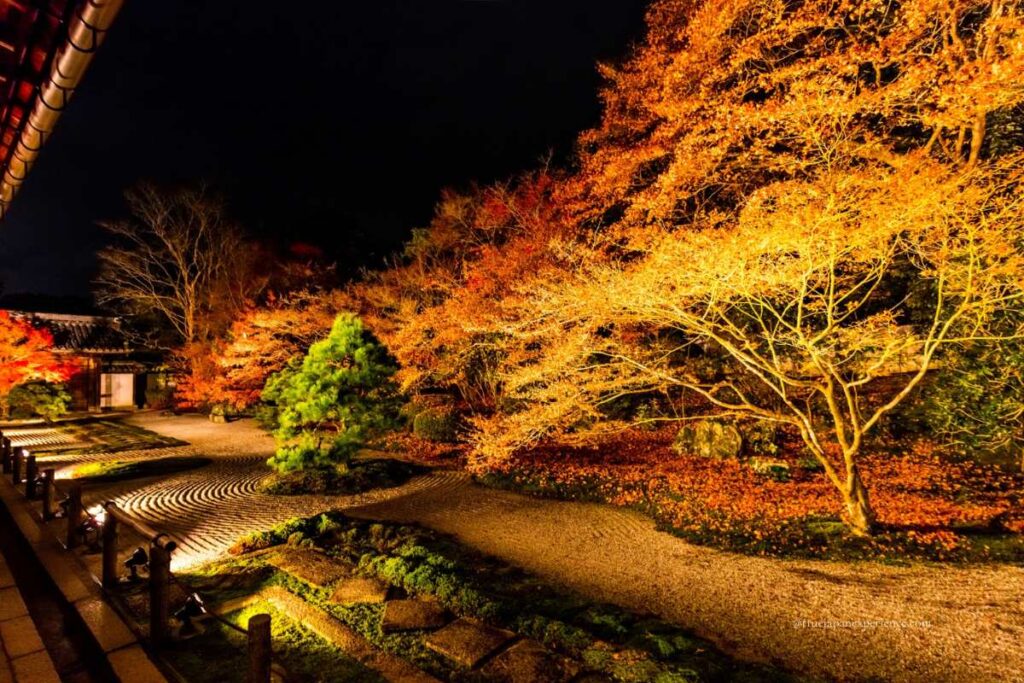
Tenju-an is a small temple next to the main area of Nanzen-ji.
The temple started in 1339 to honor Muso Soseki, the first head monk of Nanzen-ji.
Tenju-an has two beautiful gardens.
Each one shows a different style of Japanese garden.
・The first garden is in front of the main hall.
It uses white sand, rocks, and simple shapes to create a quiet scene.
You will also see special stepping stones made from square and diamond-shaped stones.
People believe that Kobori Enshu, a famous garden artist, created this style in the Edo period.
・The second garden is behind the building.
You can walk around the pond and enjoy nature.
Maple trees, bamboo, and pine trees surround the water.
This garden design started in the late Kamakura or early Muromachi period.
Visitors can enjoy both gardens in different ways.
You can sit and look at the dry garden quietly. You can also take a slow walk around the pond and feel close to nature.
In autumn, the maple leaves turn bright red and yellow. The reflection on the pond looks like a painting. Every November, Tenju-an holds a special night light-up event.
Soft lights shine on the trees and create a dreamlike view.
You can find Tenju-an easily—just turn right after passing through Nanzen-ji’s middle gate.
If you visit Nanzen-ji, make sure to enjoy the peace and color of Tenju-an.
Best Time to Visit Nanzen-ji Temple
The best time to visit Nanzen-ji is in autumn, from mid-November to early December.
During this time, about 300 maple trees in the temple grounds turn bright red, orange, and yellow.
The view from the top of the Sanmon Gate is amazing and very popular.
You can also enjoy the colorful leaves around the Suirokaku Aqueduct and Nanzen-in Garden.
Tenju-an Temple, next to the main grounds, holds a special night light-up event in autumn. The garden lights make the red leaves glow in the dark.
It usually happens between November 15 and 30, but the dates can change each year. The temple decides the schedule based on the weather and leaf color. Before your visit, check the latest updates on the official website or a trusted guide.

But Nanzen-ji is not just beautiful in autumn.
Each season brings a different charm:
・In spring, cherry blossoms bloom near the Keage Incline—a short walk from Nanzen-ji.
The old railway tracks create a soft pink tunnel, making it one of Kyoto’s best photo spots.
・In summer, the green maple leaves stay cool and fresh, especially around the gardens and the aqueduct.
・In winter, if it snows, the quiet white scenes create a peaceful Zen feeling.
Still, autumn is the most popular and impressive season to enjoy Nanzen-ji.
The mix of nature, history, and Zen spirit is at its best when the leaves turn red.
How to Get to Nanzen-ji Temple
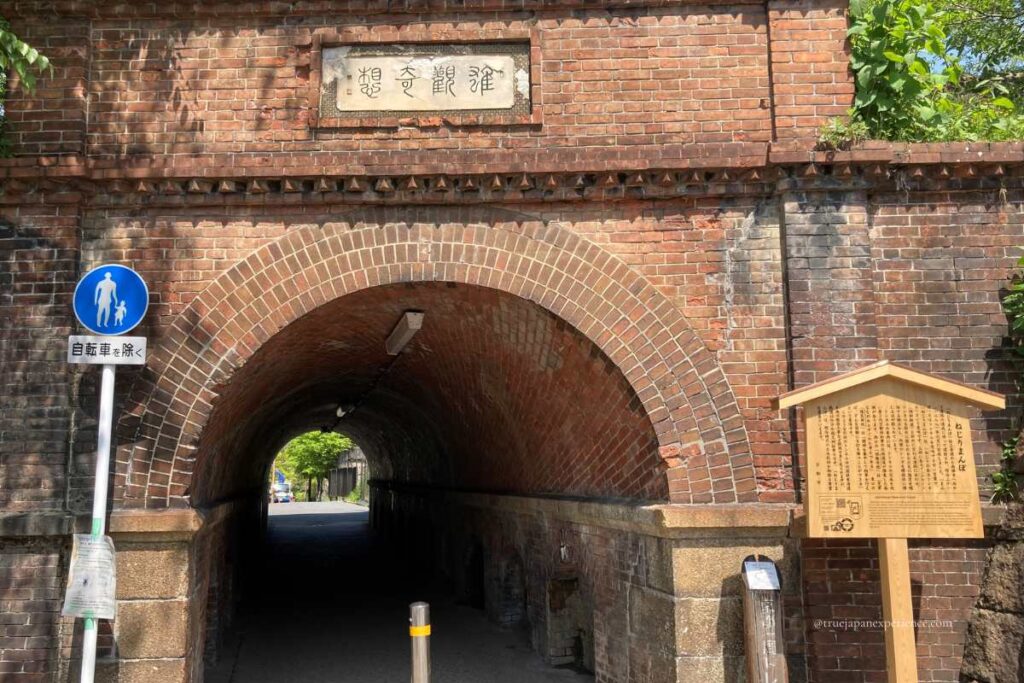
You can reach Nanzen-ji Temple easily by public transport:
・By Subway: Take the Tozai Line and get off at Keage Station. Walk 10 minutes through the charming “Nejiri-Manpo” tunnel.
・By Bus: Get off at Higashitennocho or Nanzenji/Eikando-michi bus stops and walk about 10 minutes.
The temple is part of the Okazaki cultural area, which also includes places like Heian Shrine, Kyoto Zoo, and the National Museum of Modern Art.
📍Basic Information
Nanzen-ji Temple is a peaceful place full of beauty, history, and Zen spirit.
You can enjoy the calm gardens, walk through the red brick aqueduct, and see amazing views from the Sanmon Gate. In autumn, the colorful leaves make everything even more special.
Don’t forget your camera—there are many perfect spots for photos, like the gate, the aqueduct, and Nanzen-in Garden.
After exploring, why not try some yudofu (tofu hot pot)? It’s a famous local dish around Nanzen-ji and perfect for a relaxing meal.
The temple also offers English signs and brochures, so it’s easy to understand the history and enjoy your visit.
Plan your trip during the fall if you want to see Kyoto at its most colorful. But no matter the season, Nanzen-ji will leave you with peaceful memories that last.
